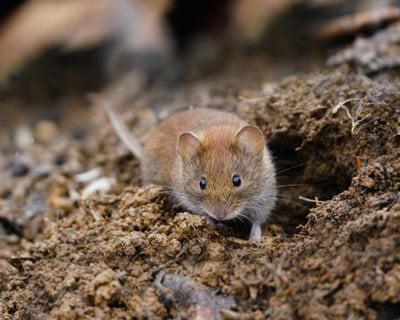Comprehensive Overview to Efficient Vole Bug Control: Problem Identification and Therapy Techniques
In the realm of effective pest control, vole problems present a special challenge that requires a tactical approach. These little rodents, often incorrect for mice, can unleash mayhem on gardens, lawns, and plants if left unattended. Identifying the indicators of vole existence and implementing targeted treatment techniques are crucial parts of an effective insect administration plan. By checking out the subtleties of vole behavior, understanding crucial indicators of invasion, and reviewing a variety of control alternatives, one can develop a thorough technique to battle these elusive bugs.
Recognizing Vole Behavior
Vole behavior is identified by their delving routines and fast reproduction prices, making them a difficult insect to control efficiently. Their rapid reproductive price additional complicates control efforts, with ladies capable of producing multiple clutters in a single year, each containing numerous children.
Comprehending vole actions is important for reliable insect control approaches. By identifying their burrow places, keeping track of feeding locations, and executing targeted control methods, such as capturing or habitat adjustment, vole invasions can be handled efficiently.
Signs of Vole Infestation

Prevention Approaches
Implementing effective prevention methods is crucial in lessening vole invasions and guarding plant life from their devastating feeding practices. To protect against vole invasions, it is vital to begin by eliminating potential food sources and sanctuary.
Routinely evaluating the home for signs of vole task, such as paths and tunnel openings, is critical for early discovery and punctual action. If vole activity is believed, take into consideration utilizing repellents or catches purposefully positioned near their paths.
Non-Lethal Control Approaches
To efficiently manage vole populations while prioritizing gentle techniques, non-lethal control techniques provide useful remedies for reducing vole damage in landscapes and gardens. One efficient approach is the use of physical obstacles such as equipment cloth or cord mesh to secure prone plants. These barriers can be buried a minimum of 12 inches curved and deep at a 90-degree angle to prevent voles from delving beneath. Furthermore, click now habitat alteration can discourage voles by decreasing their chosen food resources and hiding spots. Maintaining a well-mowed lawn, getting rid of debris, and keeping plants trimmed can make the atmosphere less appealing to voles.

Lethal Control Options
One reliable approach for attending to vole infestations in landscapes and yards entails the critical use of lethal control alternatives. When faced with a serious vole problem that non-lethal approaches have failed to have, implementing lethal control steps ends up being vital. In general, when employing dangerous control options, it is essential to do so sensibly and in accordance with regional laws to efficiently take care of vole infestations.
Conclusion
Finally, effective vole pest control calls for an extensive understanding of vole habits, identification of signs of invasion, implementation of avoidance techniques, and use of both lethal and non-lethal control techniques. By combining these approaches, people can efficiently take care of vole populations and secure their property from damage. It is essential to address vole problems immediately to avoid more issues and decrease the influence on the surrounding atmosphere.
Offered the intricate passage systems and quick reproduction rates particular of voles, recognizing the indications of vole problem ends up being vital in efficient parasite control. One of the primary signs of vole existence is the visibility of surface paths or routes in lawn or snow, commonly about 1-2 inches wide, developed as voles travel in between their burrows and food sources.To successfully take care of vole populaces while prioritizing gentle approaches, non-lethal control methods use functional remedies for lowering vole damages in landscapes and see here now yards.One reliable approach for resolving vole problems in landscapes and gardens includes the calculated usage of lethal control options. vole yard damage.In verdict, efficient vole bug control calls for a comprehensive understanding of vole actions, recognition of signs of invasion, application of avoidance approaches, and utilization of both non-lethal and lethal control techniques